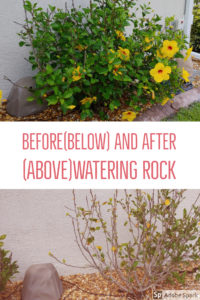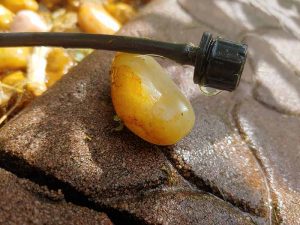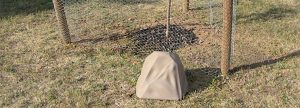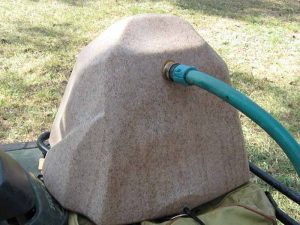Spring Into Your Planting Zone: A Planter’s Guide
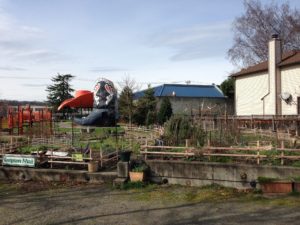
Are you looking to jump on the gardening bandwagon but don’t know what to grow? Here is a vegetable planting guide to help you out. Do you know where to access experienced information and how to interpret it for your particular planting zone? Now you’re wondering what a planting zone is, aren’t you? Boy, oh boy, things just got deep.
Wait! Come back! I’m only kidding… Let’s take a look at the simplicity of planting zones and how to apply planting guides to your own Spring project. You’ll find that it isn’t as overwhelming as it sounds.
What Are Planting Zones?
Planting zones (otherwise known as hardiness zones) are defined geographical regions based on climate conditions as it applies to plant survival. North America is divided into eleven different planting zones. Each zone varies 10 degrees on an average winter warmer or colder than its neighboring zones. Within each zone there is an “A” and a “B” section which further narrows a hardiness zone to five degrees. The lower your zone number is, the colder your region will be. To determine your area’s planting zone, check the U.S. Department of Agriculture’s website. You can search via zip code and even zoom all the way in to your specific location for the most accurate information.
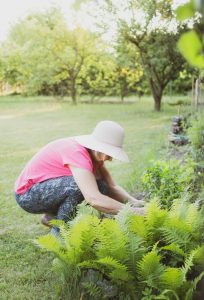
What are Planting Guides?
Here is where gardening gets fun! The term “planting guides” is a generic term for factual information that professional horticulturalists and gardeners alike put together. Based on trial and error, folklore and scientific facts, guides can be as formal as a chart or as simple as a gardener’s log book. A vegetable planting guide contains information like:
- What grows well next to each other?
- Which plants grow best in your area?
- When are the first and last frost dates?
- When should you start your seeds?
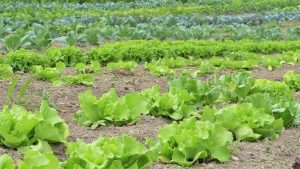
The information contained in guides and charts knows no limits and as you grow in your gardening journey, you’ll find that you have more questions and seek more guides. A good place to start, though, in case you aren’t sure, is here:
For Companion planting in chart form: Burpee’s Companion Planting Chart
For Companion planting in journal form: Farmer’s Almanac Companion Planting Guide
For seed starting: Garden Association’s Planting Guide
Don’t just think of gardening as an outdoor activity to get your hands dirty!
It’s more than just enjoying homegrown tomatoes and the pride in a summer salad. You can create your very own personalized guide based on your experiences – yes, including failures! You will enjoy reading back on what you learned from the previous season and begin to notice weather and growth trends in your specific area and some fun anomalies along the way, too. I find these to be the most accurate guides to follow. In fact, my grandmother was my go-to for planting wisdom for as long as she was alive. My husband’s great grandfather kept records of the annual rainfall and when to plant certain fruits and vegetables. It’s fascinating and nostalgic to still be learning from him even though we never met. (It’s also reassuring to find out that even the most experienced gardener had a tough go at it, sometimes.) On a less personal note, the Farmer’s Almanac is full of interesting guides and tips based on ideas from long time farmers and is a great vegetable planting guide.
Putting It All Together
With your preferred guide in hand and planting zone in mind, you are all set to map out a basic vegetable plot! Make a list of vegetables you would like to grow and then research them to find what grows best in your area. Most likely, you’ll find that you can grow most anything, anywhere, if you get the timing down! Some easy to grow basics might include tomatoes of all varieties, summer or winter squash (depending on the season you are planting for), green beans (both bush and pole), and peppers of all kinds.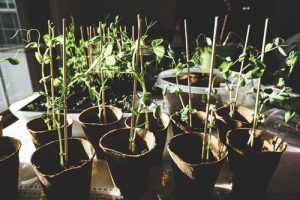
These seeds will all need to be started in mid to late spring, depending on when your area has its last frost of the season. Because they all prefer temperatures between 70-85 degrees, it is safe to assume that you can start the seeds at the same time.
I would be remiss if I did not mention that different varieties require different spacing. (Maybe I should make a vegetable planting guide for this!) For instance, determinate varieties of tomatoes reach a certain height and will stop growing while indeterminate will continue to vine throughout the season. Squash plants get quite large but can be made to crawl along a trellis to allow for more space. Bush beans only grow to about two feet tall so can be planted in front of other veggies like peppers or tomatoes. Pole beans, on the other hand, can grow to be 12 feet tall or more! It is important to know your varieties and plant accordingly. (See what we did there? We just made a little planting guide outline of our own!)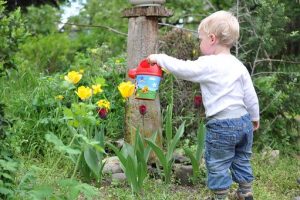
Irrigation
One thing all plants can agree on is that they need adequate water and well drained soil. Some can be more temperamental than others and depending on where they stand in your designated space, may need more water than others. This is an easy concept to master once you watch your plants for a few days to see how they react in different parts of the day. Generally speaking, vegetables need 1 to 1 ½ inches of water per week. If watering by hand, a helpful hint to prevent scalding is to always water in the morning or in the evening around sunset. You should never water during the heat of the day.
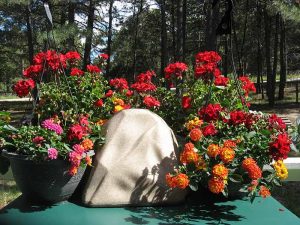
By the time you’ve planned and planted, let’s face it – you may just be plumb exhausted. Who wants to water when you don’t have to? Drip irrigation is a gardening guru’s most powerful tool. Watering rocks are five-gallon watering containers disguised as decorative landscaping rocks to provide up to five days or more days of continuous watering – without over watering! They take the guess work out with easy-to-adjust drip nozzles to allow for more or less water flow based on each plant’s needs. Fill the rock and walk away.
Mastering Adequate Watering
Mastering adequate watering without over or under watering may come easy but measuring and distributing fertilizer can be a tricky (and nerve racking) talent. Watering rocks eliminate the guess work here, too. Just add the fertilizer directly into the rock and let the drip system dispense the perfect amount of fertilizer directly into the soil where it belongs. No more burnt leaves and tortured stems. With drip irrigation, you can enjoy a lush, fruitful crop without the fuss of sweating over a water hose.
We hope you will visit our website for more information and articles at www.watering-rocks.com. Also, take advantage of our free booklet, “101 Ways to Save Water & Money in the Landscape”
